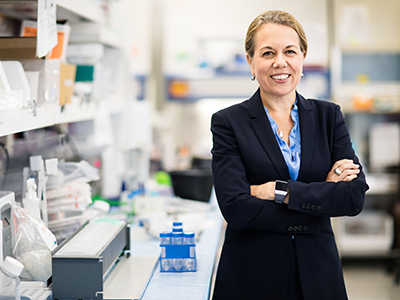William D. Gaillard, M.D., elected president of the American Epilepsy Society

“The AES, is one of the oldest neurological professional organizations in the country dedicated to the scientific investigation, exchange of clinical information and eradication of epilepsy and associated disorders, and I’m honored to serve as the new president,” Dr. Gaillard said.
In early December 2019, William D. Gaillard, M.D., chief of the Divisions of Child Neurology, Epilepsy and Neurophysiology at Children’s National Hospital, began his term as president of the American Epilepsy Society (AES) at the annual meeting in Baltimore. The AES is a medical and scientific society with over 4,000 members consisting of clinicians, scientists investigating basic and clinical aspects of epilepsy, and other professionals interested in seizure disorders.
“The AES, is one of the oldest neurological professional organizations in the country dedicated to the scientific investigation, exchange of clinical information and eradication of epilepsy and associated disorders, and I’m honored to serve as the new president,” Dr. Gaillard said.
Dr. Gaillard’s clinical research focuses on the use of advanced imaging to investigate the effect of childhood epilepsy on brain structure and function with an emphasis on cognitive systems. His group also develops and implements imaging strategies to improve epilepsy outcomes.
In addition, Dr. Gaillard, an active participant in AES activities, has served as treasurer and as chair of the Clinical Investigator Workshop and Pediatric Content Committees. He also serves as an associate editor for the journal Epilepsy Research, and as a regular reviewer on AES and Epilepsy Foundation study sections.
As division chief of Child Neurology, Epilepsy and Neurophysiology, Dr. Gaillard directs a team of pediatric specialists who see thousands of patients each year. Dr. Gaillard has worked throughout his career to care for children and young adults with epilepsy from the onset of seizures through novel therapeutic interventions, medication trials and, when appropriate, surgery. Treatment options at Children’s National addresses the full range of the condition, including problems of difficult-to-control epilepsy. Additionally, treatment includes the concurrent social, education and emotional issues faced by children with the condition and their families.
His academic appointments include Professor of Pediatrics and Neurology at George Washington University, Professor of Neurology at Georgetown University, and Professor (adjunct), Hearing and Speech, University of Maryland, College Park.









